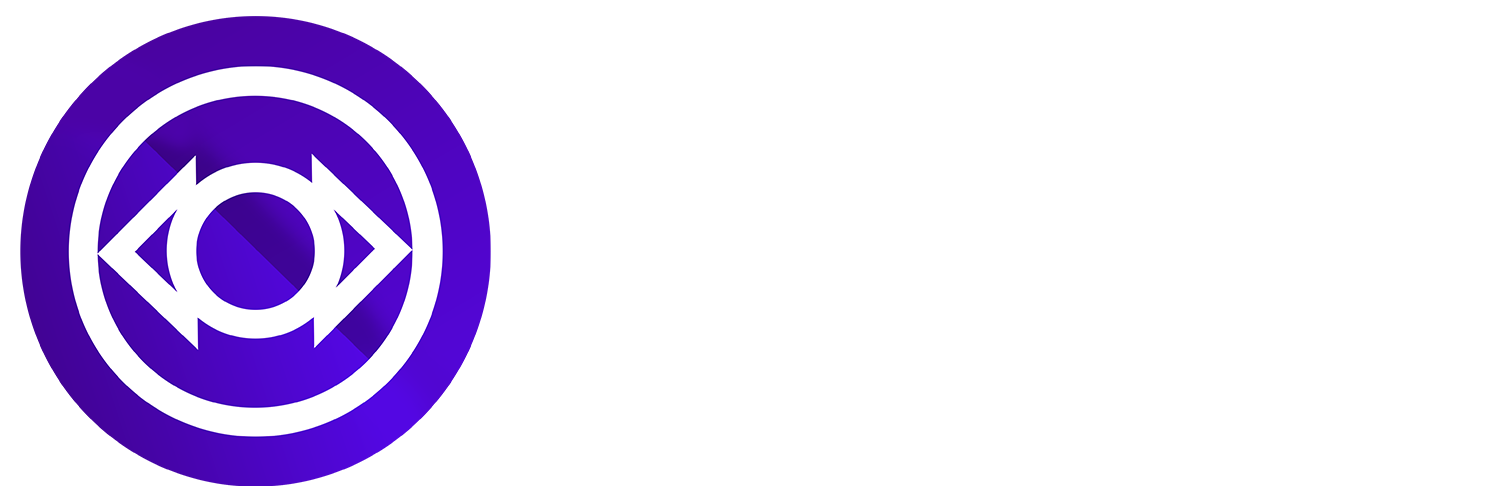Millions locked in
Unlock the potential of a dynamic ecosystem. Millions of ADA are already powering the Indigo ecosystem.

Indigo Protocol seamlessly tokenizes digital and real-world assets on the blockchain, democratizing financial opportunities for all. Indigo offers unique and equitable access to a global economy where potentially every asset, from cryptocurrencies to commodities, is within reach for anyone with an internet connection and crypto wallet.
Unlock the potential of a dynamic ecosystem. Millions of ADA are already powering the Indigo ecosystem.
Synthetic Assets on Indigo Protocol, where diversification meets democratization. The freedom to explore a range of possible digital and real-world assets without the constraints of direct ownership. Empowered by blockchain's inherent transparency, efficiency, and accessibility, Indigo makes it seamless for anyone, anywhere to engage with the global economy.
At the core of Indigo Protocol, CDPs (Collateral Debt Positions) allow users to mint iAssets by collateralizing ADA, integrating seamlessly with the Cardano DeFi ecosystem. Indigo enhances this with Liquid Staking and Real Yield, enabling ADA holders to earn both ADA staking rewards and Indigo Protocol rewards. This preserves your ADA's staking rewards while maximizing its utility across DeFi platforms. Unlock the full potential of your assets with the leverage of CDPs and the added benefit of uninterrupted earnings on your staked ADA.
Indigo Protocol’s Stability Pools are foundational to maintaining system solvency and safeguarding against liquidity and bad debt risks. Stability providers are rewarded in both ADA and INDY for their vital role in anchoring system solvency. Each time there is a liquidation, Stability Providers earn a share of the liquidated collateral.
Indigo Protocol rewards engagement and governance participation with no lockups. INDY stakers benefit from a forward-thinking financial model through protocol fee sharing, receiving real yield that reflects the value and volume of the platform’s usage. This not only aligns incentives across the community but also secures a robust and sustainable model. By staking INDY, users are participating in an ecosystem where their contributions drive growth and their rewards mirror that collective growth.
Leverage the power of Dexter, Indigo's open-source DEX Aggregator, to swap iAssets, ADA, and INDY effortlessly across major Cardano Decentralized Exchanges (DEXs) directly within Indigo. This feature streamlines your trading efforts by providing direct and easy access to iAsset liquidity all from a single, unified platform. Additionally, the V2 "Buy to Burn" (B2B) feature allows for the strategic management of CDPs by utilizing swaps to support protocol sustainability efficiently. B2B enables users to seamlessly swap $ADA for iAssets directly within the Indigo, while simultaneously managing their CDPs associated iAsset debt.
The Indigo Web-App merges simplicity with advanced DeFi features. Mint synthetic assets with CDPs, earn rewards through Liquid Staking, and access multiple DEXs via DEXTER. Enhance iAssets stability in the Stability Pools page, earning rewards and supporting protocol health. Easily manage and track your positions with intuitive portfolio pages and real-time system data for a comprehensive Indigo experience.
The INDY Token, with its fixed supply of 35 million, is an essential utility to the Indigo Protocol's ecosystem, driving sustainability through a thoughtfully designed and forward thinking tokenomics model. Over 60% of INDY's circulating supply has remained staked by the community, emphasizing the long-term focus and future evolution of the Indigo Protocol by its DAO members.
Shape the future of Indigo Protocol with your vote.
Earn diverse rewards through active protocol engagement.
Share in the success of Indigo with every transaction.
Through the Indigo DAO, every INDY token holder harnesses the power to govern the protocol's mission critical parameters. Utilize your INDY tokens to cast votes on pivotal decisions. The dedicated forum serves as the discourse where ideas are presented, discussed, and decided upon by the Indigo community. Indigo invites every member to join the dialogue, propose innovations, and vote on the path ahead.